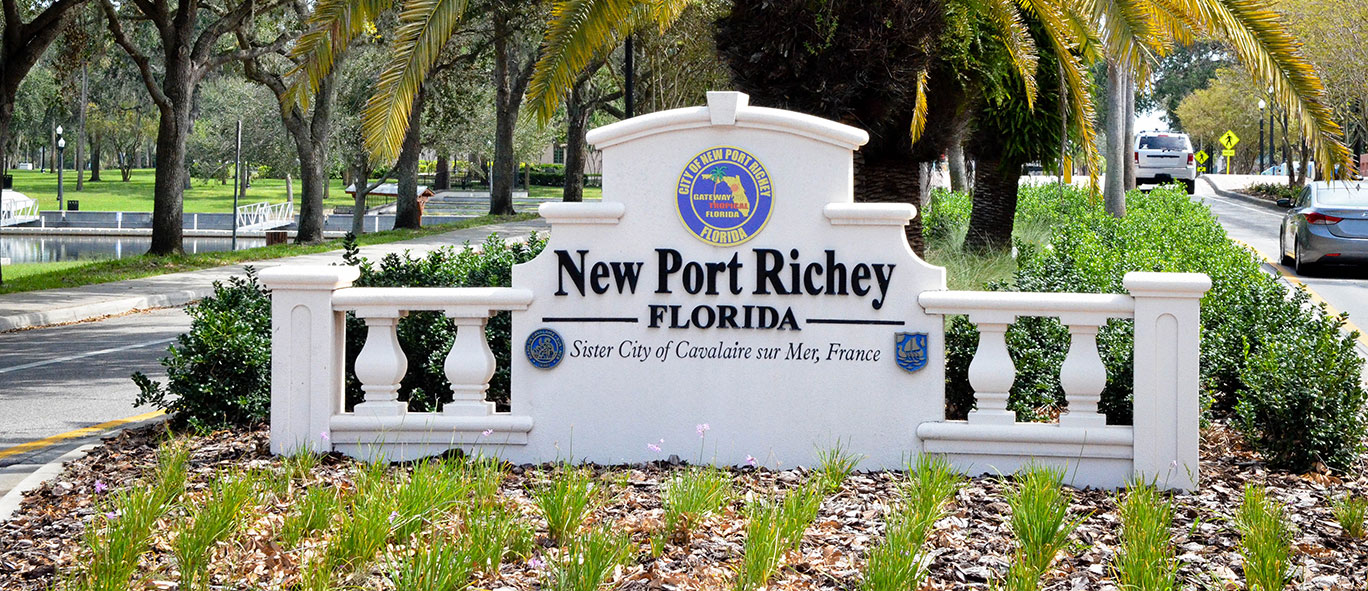- Frequency Adjustment – Set your irrigation clock for the correct watering day according to last number in street address
- Potable watering days below
- Even addresses may water on Thursday and/or Sunday before 10 a.m or after 4 p.m.
- Odd addresses may water on Wednesday and/or Saturday before 10 a.m. or after 4 p.m.
- Locations without a discernible address, such as right-of-way and common areas inside a subdivision, may water on Tuesday, and/or Friday before 10 a.m. or after 4 p.m.
- Reclaimed watering restriction
- The City of New Port Richey does not have any watering restrictions, City residents may water as much or as litter of Reclaimed Water on any days/times.
- Potable watering days below
- Duration – Apply ¾” per irrigation
- Fixed spray pop-ups – 20 minutes
- Rotors & Micro-irrigation – 45 minutes
- Check amount with tuna can calibration*
- Turn ON roof mounted rain shut-off device and check for proper operation.
- Mature landscape plants don’t need as much water as turf. Turn down or turn off individual emitters/ zones not used for turf in landscape beds or water by hand as necessary.
- Install micro-irrigation in landscape beds or water by hand as necessary.
- Replace roof mounted rain shut off device with wire/wireless soil moisture sensor installed in the ground. Note: To achieve maximum savings, follow installation and calibration instructions closely.
- Replace irrigated turf with mulched landscape beds of drought tolerant plants. Remember to modify the irritation system by replacement with micro-irrigation or capping existing emitters.
- Operate irrigation system manually. Shut it off entirely during the rainy season for maximum savings.
- Use ‘Seasonal Adjustment’ or ‘Water Budget’ settings during cooler months. Irrigation needs re up to 50% less in the winter dormant season.
- Periodically check for broken heads, misdirected sprays, etc. In addition, periodically check controller programming for duplicate programs, multiple start-times, excessive run-times, These issues are easy to overlook, but are frequently identified as the cause of increased water consumption. ALWAYS check programming after power outages, power surges, or lightning strikes, as these have been known to reset controllers to factory default settings. For many controllers, factory default = a DAILY water schedule.
- Note: Application rates and system design can vary significantly. Suggested run-times discussed above are based on average application rates. Always check amount with tuna can calibration.
